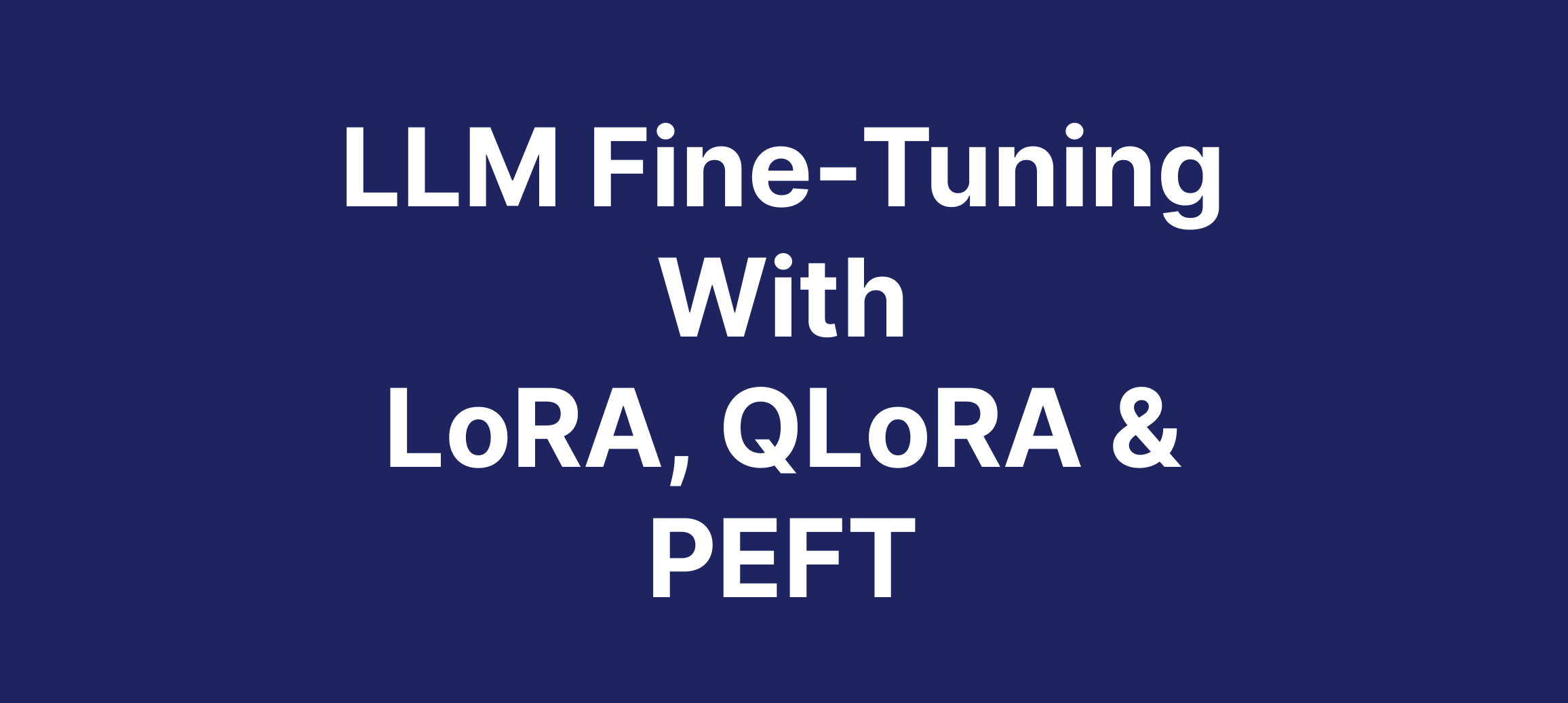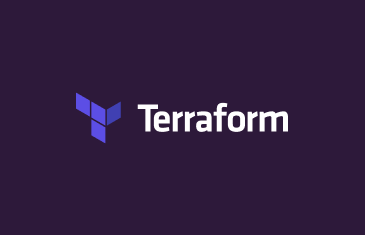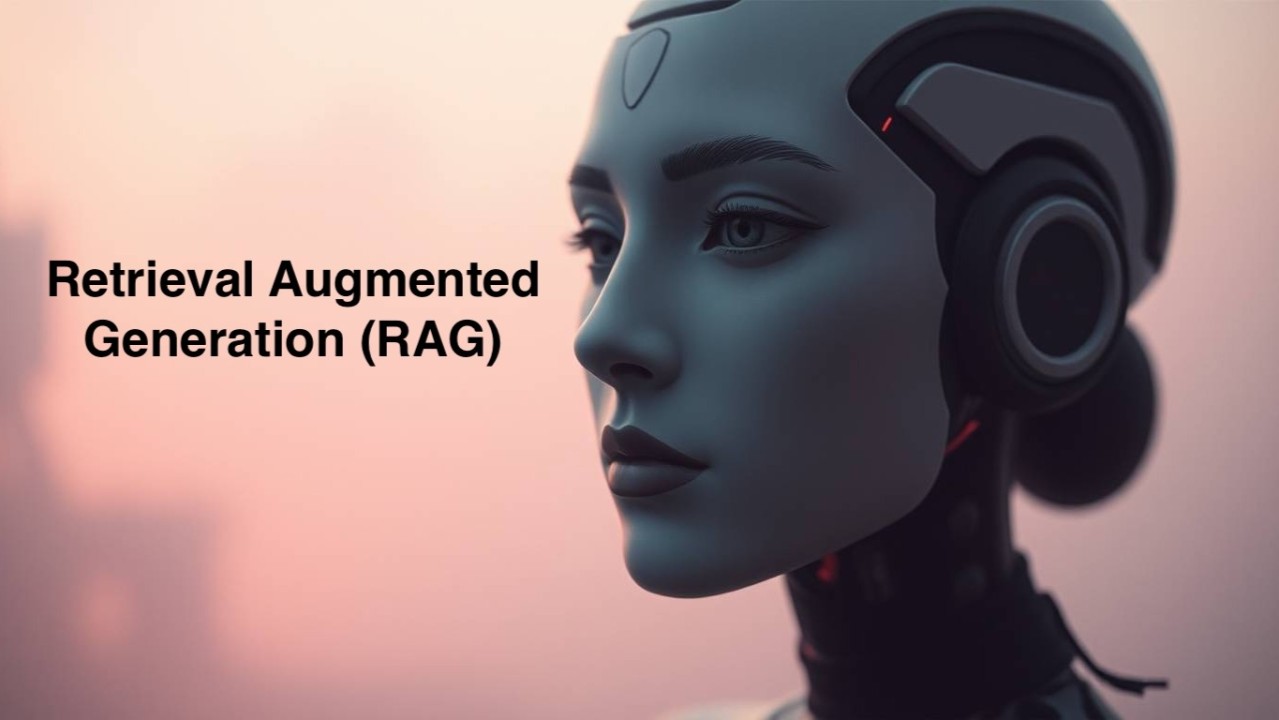Fine-Tuning LLMs Without Breaking the Bank: Meet PEFT, LoRA & QLoRA
As foundation models like LLaMA and Mistral grow in size and power, so does the cost of adapting them. That’s where Parameter-Efficient Fine-Tuning (PEFT) comes in — and it’s changing the way we think about model customization.
💡 What is PEFT?
Instead of updating all the model’s weights (which can require hundreds of millions of parameters and expensive GPUs), PEFT selectively tunes small, trainable components while keeping the core model frozen.
You get:
– Dramatically reduced training costs
– Smaller memory footprint
– Surprisingly strong performance (even matching full fine-tunes)
🔧 The Heroes: LoRA & QLoRA
🔹 LoRA (Low-Rank Adaptation)
Injects lightweight matrices into attention layers. Only a few million parameters are updated — not billions.
– Works great with 7B+ models like LLaMA and Mistral
– Hugging Face + PEFT makes this super simple to implement
🔹 QLoRA (Quantized LoRA)
Takes it further by running training on quantized models (e.g., 4-bit).
– Train big models like LLaMA 65B on consumer hardware
– Combine with LoRA for full PEFT efficiency
🧪 Why I Love This:
In my work fine-tuning LLMs for legal, sales, and customer intent tasks, PEFT has helped me:
– Customize models in <1 hour on a single GPU
– Reduce GPU memory usage by 70–90%
– Deploy multiple specialized adapters over a single base model
If you’re experimenting with GenAI and LLMs, PEFT is a game-changer for agility, cost, and scalability.



